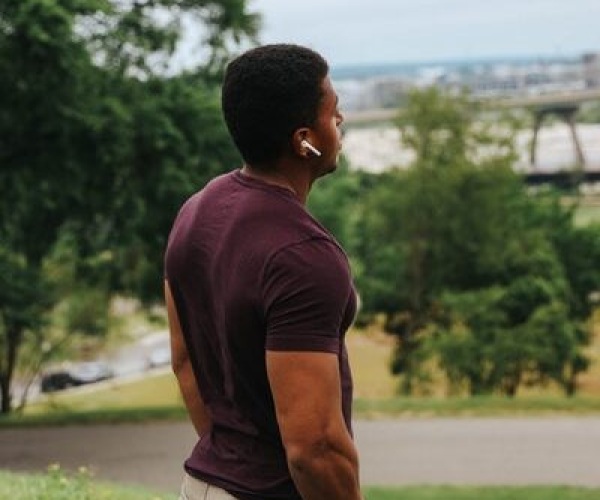How to do progressive muscle relaxation

For many people who we see at Prosper Health Collective, the first sign that people report is physical sensations in the body. You may feel similar. If you take a scan if your body and notice how you are feeling, you may describe tension in your shoulders, headaches, upset stomach, sweaty palms, dizziness, shaking or any number of other bodily symptoms.
Why does this happen?
The nervous system in the human body has two sides, 1) the sympathetic nervous system- this is sympathetic to triggers around us. It will trigger the body to act up when something happens, this is often described as our fight or flight response. 2) the parasympathetic nervous system- this acts to calm the body back down.
So why do we get tension in our body?
When our sympathetic nervous system starts up- our body releases chemicals that increase our heart rate, this starts to send more blood to our muscles and prepares our body for action. Tension in our muscles is the body getting ready to fight or flee to protect us.
What is Progressive Muscle Relaxation?
Progressive Muscle Relaxation (PMR) is one of the most commonly used techniques to trigger the parasympathetic nervous system- to reduce the tension in the body, slow the body down and remove us from the need to fight or flee.
PMR works through each muscle in the body, forcing it to tense and relax. Following this activity, you should notice less tension in your body.
Preparing for PMR
Relaxation should be enjoyable so if any part of the exercise is too difficult or causes any pain, stop immediately. If you have any injuries, you may wish to leave out that part of this exercise.
Start by making yourself comfortable, lying down on a bed, couch or the floor, of sitting comfortable in a chair with your head well supported.
PMR activity
Once your ready, you are going to focus your attention on different parts of your body tense each muscle, then relax the muscle. Follow the steps below
- Begin to relax as you take a few slow deep breaths, in and out slowly.
- Focus on your feet, curl your toes in to your feet, hold for 5 seconds, then release. Now stretch your toes to the ceiling, curling away form your feet, feeling the stretch in your feet. Then relax.
- Move your attention to your calves, tensing them as tightly as you can, holding that for 5 seconds. Then release the tension.
- Focus on your thighs, tense them, feeling the tension in your legs, holding then stretch. Then release. Notice how your legs feel heavier.
- Bring your attention to your lower back, stretch your lower back, feeling the tension. Hold the stretch for 5 seconds, then release. Allowing your back to feel loose.
- Focus on your stomach- clench your abdominal muscles, hold the tension. Then release, allow your stomach to relax.
- Moving your attention to your shoulders and upper back, pulling your shoulder back, feeling the tension. Hold. Then release, notice your back loosen and feel heavy.
- Focusing now on your arms. Tense your biceps and triceps in turn. Hold the tension. Then release. Feel the heaviness in your arms.
- Clench your fists, as tight as you can. Hold. Then allow your hands to relax freely by your side.
- Turn attention to your head, wrinkle your forehead tight as you can, feel the tension in your forehead and scalp. Now relax and smooth it out. Imagine your entire forehead and scalp becoming smooth and at rest.
- Now frown and notice the tension throughout your forehead. Let go. Allow your brow to become smooth again. Squeeze your eyes closed tighter. Relax your eyes. Now open your mouth wide and feel the tension in your jaw, relax your jaw. When the jaw is relaxed, your lips will be slightly parted. Notice the tension between tension and relaxation. Feel the relaxation spread all over your face. In your forehead, scalp, eyes, jaw and mouth.
- Finally, scan your body, head to toe. If there is any remaining tension, repeat the process for that area of the body.
- Return to the room around you.
When should I do this?
Practicing this regularly, even when you are not experiencing tension, allows the body to maintain a relaxed state. This is often very helpful to practice before sleep and after exercise. Much like when you are training at the gym, this should be done regularly to achieve the best results.
If you get stuck, or this skill is not enough, speak to your GP or Prosper Health Collective and one of our team can assist you in developing additional skills to help.